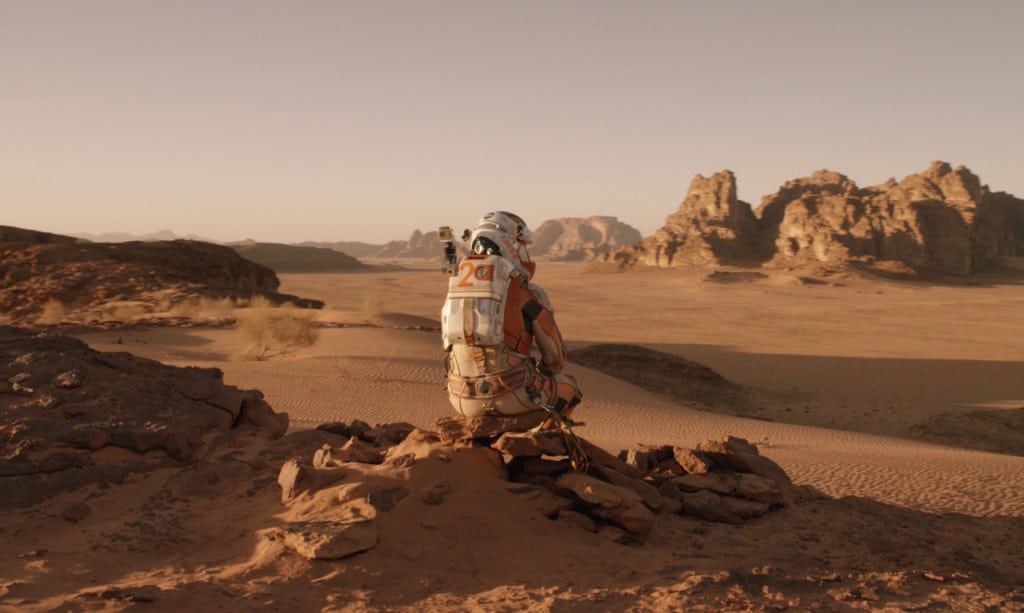NASA’s “Earth Independence” plan to send people to Mars for good!
Not long ago, NASA released a detailed plan showing their intention of sending people to Mars FOR GOOOOOD!
Yes, NASA’s final goal is to send a group of very brave explorers to Mars to do something that can prove their ultimate goal of being “Earth independence.” Though NASA has not confirm that we will successfully colonize Mars, it feels like they are pretty optimistic about the planet’s potential to sustain life.
Accordingly, the plan has three thresholds: Earth Reliant, Proving Ground and Earth Independent. Earth Reliant includes research that is being conducted aboard the International Space Station (ISS). Furthermore, scientists will base on experiments there to determine the long-term effects of deep space travel, so that Proving Ground can test requirements for humans to live and work at distances far away from the our planet. As for the Earth Independent, which is the most important step of all, will decide if we can live on Mars.
Many sources claimed that NASA has already had a budget for the journey and plans for taking some crucial steps in the early 2020s, starting with testing their Orion spacecraft containing humans inside. Previously, NASA was able to successfully examine the shuttle without humans and they look forward to success again.
According to William Gerstenmaier, associate administrator for Human Exploration and Operations at NASA headquarters, “NASA’s strategy connects near-term activities and capability development to the journey to Mars and a future with a sustainable human presence in deep space.” However, there are some obstacles that NASA has to overcome on the journey of “Earth independence” and nobody knows whether they can do it or not.
Yet, they have taken around 40 years to discover Mars, using orbiters, landers and rovers to study Mars, so we are sure that they do have abilities to solve all the problems. And humans setting foot on the Red Planet may be not just a dream! We will probably know the answer as early as the 2030s.









